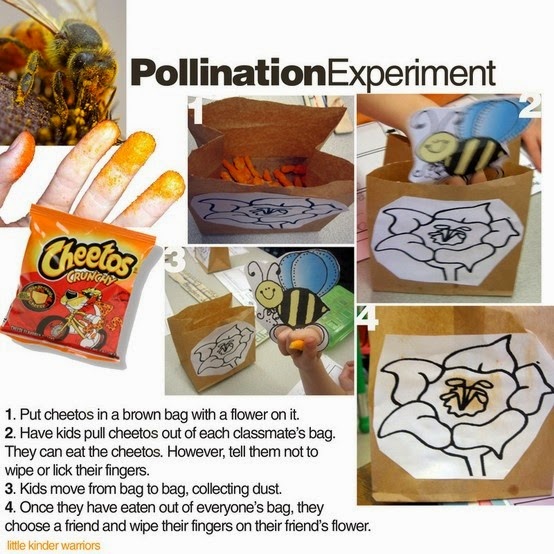BEES
Matching Shapes
I found this printable at http://www.giftofcuriosity.com
SCIENCE
Parts of an insects
VOCABULARY for this activity
Nectar, honey bee, pollen, proboscis, beehive
Matching Shapes
I found this printable at http://www.giftofcuriosity.com
SCIENCE
Parts of an insects
- I had each child cut the 3 body parts. As we glued them we named each one in the correct order.
- I had the children remind me how many legs an insect has (6) and have them cut the premade strips shorter to make legs.
- We talked about other characteristics insects have such as an exoskeleton, and that means that their skeleton is on the outside. The children told me the purpose of an exoskeleton "to protect them like a shield"
- Another characteristic is that insects have antennae which helps them smell. The children then glued their antennae
- They cut and glued their wings to their honey bee. I have them cut EVERYTHING, with little to no help. It's really important to develop fine motor skills.
- Now for the fun part, they got to decorate their bee with stripes, a stinger, and a face.
TADAA...
look how cute and unique each one turned out!
Make a Honeycomb
We ended up not having enough rolls :( But my classroom aid made a small honeycomb for our bulleting board. Click on http://www.deceptivelyeducational.blogspot.com for how to make a honeycomb.
15 Easy Bee Crafts: Preschool & Big Kids
SCIENCE EXPERIMENTS
Nectar, honey bee, pollen, proboscis, beehive
For my preschoolers I ended up using a bowl instead with taped flower petals to make it look like a jump flower. I placed a starburt inside and the children had to collect their nectar. Subsequently, during the process flower dust ( POLLEN) got all over them.





Kids drawing is amazing when I was a kid I was very bad at drawing I can't draw like these kids did but they made it beautifully. But now I can make some amazing logo design that you will love it I hope you will check my logo collections.
ReplyDelete